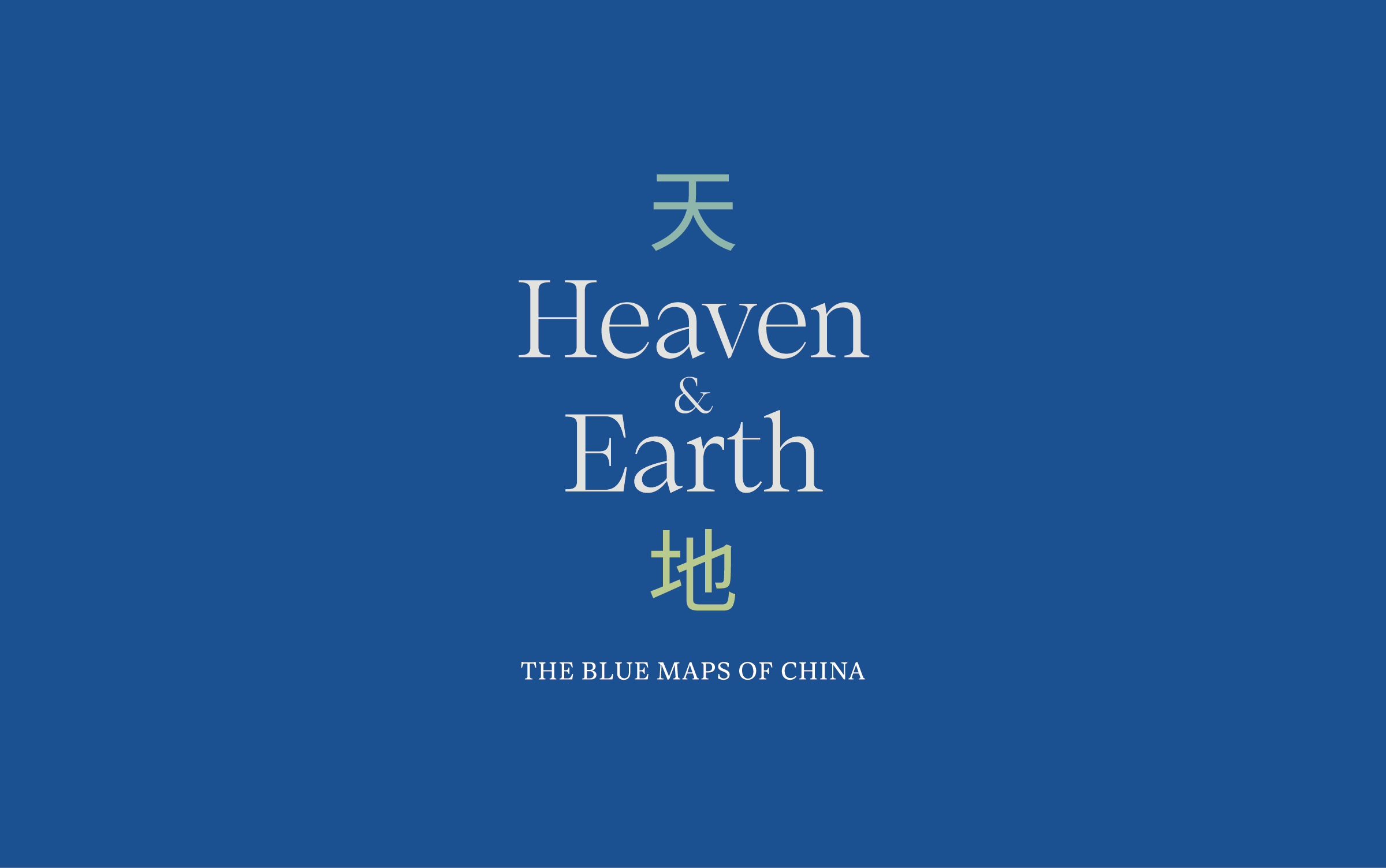During the first decades of the nineteenth century, China was in a moment of transition, grappling with its geopolitical status as both an ancient and modern nation-state. The power of the Qing dynasty had just reached its zenith, establishing a vast territory of political and cultural influence over a multiethnic, geographically dispersed population. Chinese scholars and artists were reconsidering the ideological and practical significance of the imperial realm. Meanwhile, European ideas and goods were arriving in China, bringing both new opportunities and challenges.
It was in this moment that two series of large-format maps, one terrestrial and one celestial, were printed in the city of Suzhou. These maps were presented in an extraordinary format, on eight vertical sheets printed in the style of rubbings. Even more strikingly, they were rendered in a rich blue coloring. The pigment Prussian blue had recently begun to be produced in China, and these maps were amongst the first printed objects in East Asia to make use of the colorant—predating the famous use of Prussian blue by Japanese print artists soon after.
The blue maps were more than just visually astonishing. They also captured Chinese ideas about the relationship between terrestrial and celestial space, and still provide insight today into how Chinese scholars and artists conceptualized the world around them. Beautiful and powerful in equal measure, these blue maps capture details of a transitional moment in the history of China—and the wider world. This exhibition considers these two maps in the context of their production, consumption, and functionality, revealing them as unique objects in the global history of mapmaking.
Heaven & Earth is on display at the Leventhal Map & Education Center at the Boston Public Library from May 11 through August 31, 2024. Admission is free. Plan your visit or explore the digital catalog.
